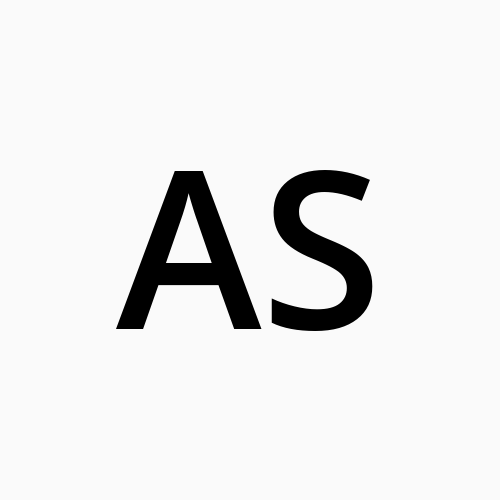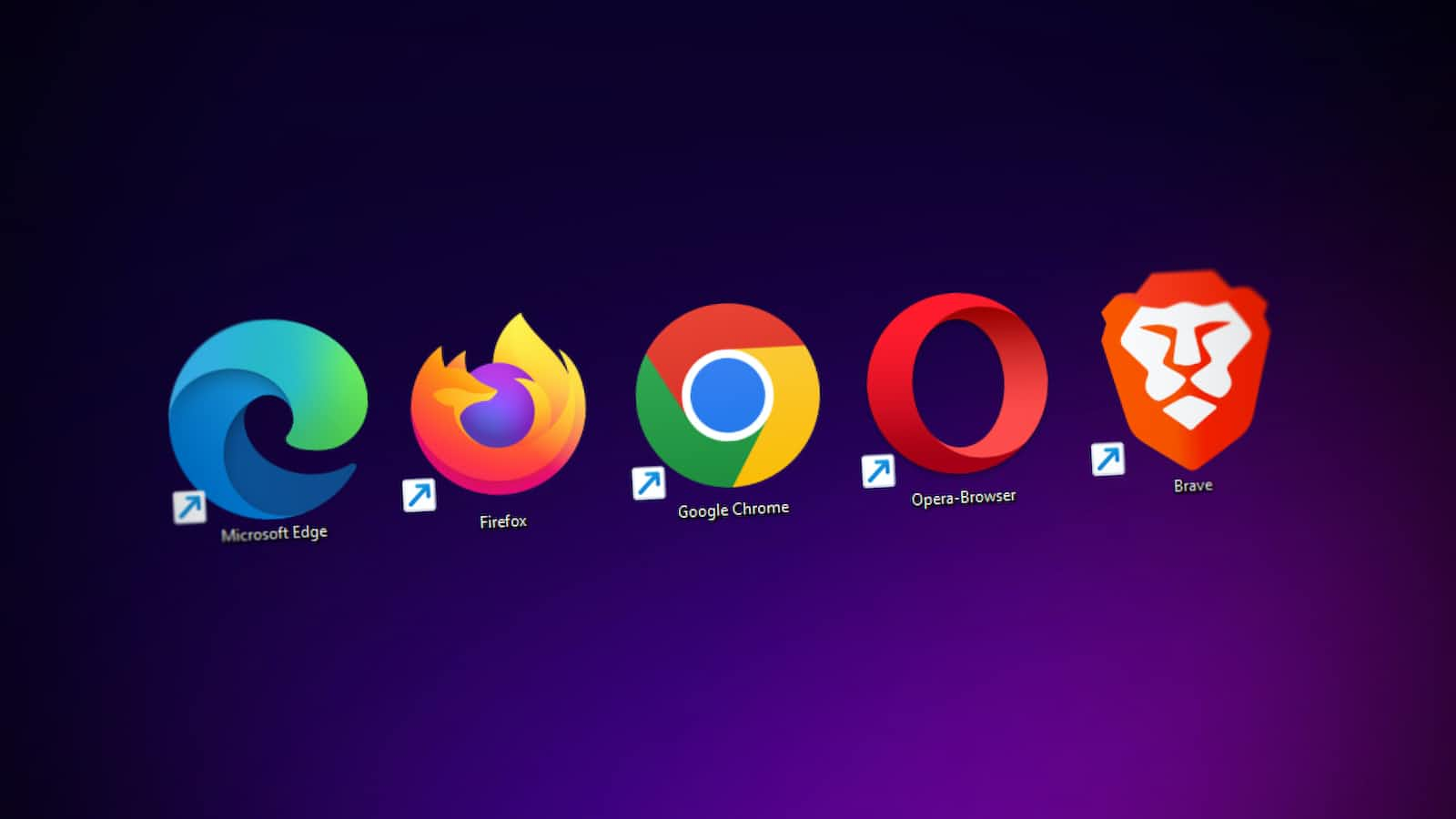Introduction to Web & HTML
 Anchal Sharma
Anchal Sharma
Web
The web is the collection of websites and many web pages or the network of web pages. It is also known as WWW (World wide web) or W3. These websites contain text pages, images, audio and videos. The network of the web is only possible through the internet. HTTP (Hyper Text Transfer Protocol) controls the data between the client and the server. We can access this web with the help of web browsers like Google, Firefox, Mozilla, internet explorer, etc.
Web page: A web page is a simple document displayed by a browser. these documents are written in the HTML language and styled with the CSS language.
Web Server
A server is a piece of computer hardware or software that helps store website data and is connected through the internet. The server has a constant or permeant IP address.
Web server: A computer that hosts a website on the internet.
Apache
Apache is a free and open-source web server that delivers web content through the internet.
Live Server in VS Code
When we write code in the code editor we need to save and refresh our browser. By using live server extension in vs code, when we write code and save it, the browser gets refreshed and we can see the changes made.
HTML
HTML(Hyper Text Markup Language) is the most basic building block language of the web. In HTML, a tag is used for creating an element. With the help of HTML language, we can create a basic simple website.
HTML Tags(Some Basic Tags)
HTML has different tags which tell the browser how to render content on the webpage.
Heading Tag:
The <h1> to <h6> HTML elements represent six levels of section headings. <h1> is the highest section level and <h6> is the lowest.
Syntax: <h1>|</h1>
Paragraph Tag:
The <p> HTML element represents a paragraph.
Syntax: <p>|</p>
Image Tag:
The <img> HTML element embeds an image into the document.
Syntax: <img src="|" alt="|">
Anchor Tag:
The <a> HTML element (or anchor element), with its href attribute, creates a hyperlink to web pages, files, email addresses, locations on the same page, or anything else a URL can address.
Syntax: <a href="|">|</a>
Audio Tag:
The <audio> HTML element is used to embed sound content in documents.
Syntax: <audio src="|">|</audio>
Note: controls are used to play, pause, volume up and down shown above.
Video Tag:
The <video> HTML element embeds a media player which supports video playback into the document. You can use <video> for audio content as well, but the <audio> element may provide a more appropriate user experience.
Note: controls are used to play, pause, volume up and down shown above.
Subscribe to my newsletter
Read articles from Anchal Sharma directly inside your inbox. Subscribe to the newsletter, and don't miss out.
Written by
